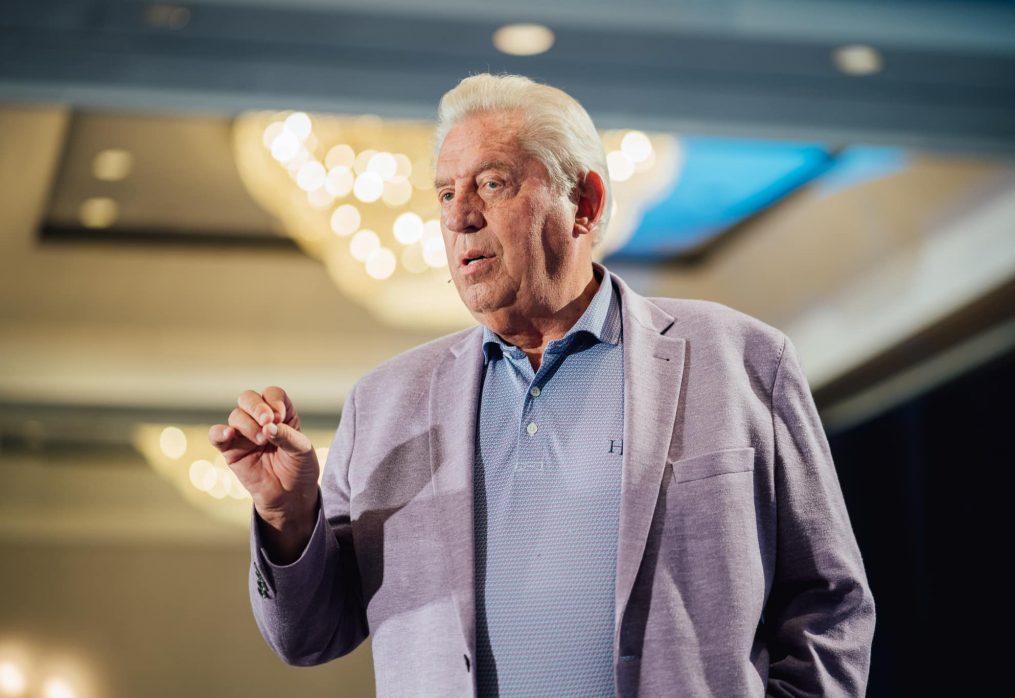Purpose-Driven Leadership: Navigating Unlocking Your Team’s Potential Through Personal and Executive Training with Intention
What if the key to breakthrough in Unlocking Your Team’s Potential Through Personal and Executive Training isn’t working harder, but leading with greater clarity and intentionality? After working with hundreds of leaders across organizations of all sizes, we’ve learned that sustainable solutions always start with clarity—about yourself, your team, and the core values that guide every decision you make. Here’s what we’ve discovered works.
Understanding Different Approaches to Unlocking Your Team’s Potential
People respond differently to challenges based on their natural tendencies and communication styles. Through team assessments like DISC, we’ve identified four primary behavioral patterns that approach Unlocking Your Team’s Potential Through Personal and Executive Training differently:
Direct/Decisive leaders tend to push through obstacles quickly, sometimes missing important team input or emotional considerations.
Influential/People-focused individuals excel at rallying support and maintaining morale but may need help with detailed follow-through.
Steady/Supportive team members provide crucial stability and thoughtful perspective but may resist rapid changes without proper explanation.
Careful/Detail-oriented people analyze thoroughly and catch important issues but may need encouragement to move forward without perfect information.
The breakthrough comes when you recognize these patterns in yourself and others, then adapt your leadership approach accordingly. This isn’t about changing who people are—it’s about understanding how to bring out their best contributions to Unlocking Your Team’s Potential Through Personal and Executive Training.
A Values-Based Framework
Seven core principles provide a comprehensive approach to addressing Unlocking Your Team’s Potential Through Personal and Executive Training in any organization:
Clarity: Cut through confusion to identify what really matters. Unlocking Your Team’s Potential Through Personal and Executive Training becomes manageable when you have clear direction, honest communication, and a path forward that everyone understands.
Growth: Every challenge is a development opportunity. Approach Unlocking Your Team’s Potential Through Personal and Executive Training as a chance for both personal and organizational improvement rather than just a problem to solve.
Integrity: Do what’s right, not what’s easy. When Unlocking Your Team’s Potential Through Personal and Executive Training gets complex, maintaining your values builds the trust that effective leadership requires.
Service: Focus on empowering others to succeed. Approach Unlocking Your Team’s Potential Through Personal and Executive Training by asking “How can I help my team win?” rather than “How do I get what I want?”
Truth: Honest conversations drive real change. Address Unlocking Your Team’s Potential Through Personal and Executive Training with transparent communication and clear expectations, delivered with care and respect.
Excellence: Bring your best effort to every aspect of Unlocking Your Team’s Potential Through Personal and Executive Training. Model the standard you want to see rather than accepting “good enough.”
Purpose: Connect Unlocking Your Team’s Potential Through Personal and Executive Training to your larger mission. Help people understand why this matters beyond immediate outcomes.
This values-based approach transforms Unlocking Your Team’s Potential Through Personal and Executive Training from a problem to solve into an opportunity for principled leadership development.
Building Better Communication
Effective leadership in Unlocking Your Team’s Potential Through Personal and Executive Training situations requires understanding how different people process information and make decisions. Your communication approach can either accelerate progress or create unnecessary resistance.
Self-awareness helps you recognize when your own stress or preferences might be affecting your judgment. Before important conversations, ask yourself: “What am I bringing to this situation that might help or hinder progress?”
Adaptability allows you to adjust your communication style to match what each person needs. Some team members want bottom-line facts, others need to process emotions first, and still others require detailed analysis before moving forward.
Active listening creates space for understanding the real concerns behind people’s initial responses. Often what sounds like resistance to Unlocking Your Team’s Potential Through Personal and Executive Training is actually a request for clarity, involvement, or reassurance.
Practical application: Before your next team conversation about Unlocking Your Team’s Potential Through Personal and Executive Training, prepare by considering: What information does each person need? What concerns might they have? How can you structure the discussion to address both facts and feelings? What questions will help you understand their perspective before presenting your own?
Creating Safe Spaces for Difficult Conversations
Successful navigation of Unlocking Your Team’s Potential Through Personal and Executive Training requires environments where people feel safe to express concerns, ask questions, and contribute honestly. This doesn’t happen automatically—it requires intentional leadership.
Safe conversation environments include:
• Clear expectations about confidentiality and respect
• Permission to ask clarifying questions without being seen as negative
• Acknowledgment that mistakes are learning opportunities, not character failures
• Recognition that different perspectives strengthen decision-making
• Focus on finding solutions rather than assigning blame
• Balance between honesty and kindness in all communications
Warning signs of unsafe environments:
• People stay quiet in meetings but complain privately
• Questions are met with defensiveness or dismissal
• Past mistakes are repeatedly referenced
• Different opinions are quickly shut down
• Leaders do most of the talking
Building safety starts with leadership behavior. Model the openness you want to see. Admit when you don’t have all the answers. Ask for input before giving direction. Thank people for raising concerns. Address conflicts directly but respectfully.
A Decision-Making Framework
Values-driven leaders need systematic approaches to navigate complex situations. Here’s a practical framework that honors both people and outcomes:
Step 1: Clarify the Real Issue
• What exactly needs to be decided or resolved?
• Who is affected and how?
• What are the underlying concerns beyond the surface problem?
Step 2: Gather Perspective
• What information do you need?
• Whose input would be valuable?
• What are you assuming that might not be true?
Step 3: Consider Your Values
• Which principles should guide this decision?
• What would integrity look like in this situation?
• How can you serve everyone’s best interests?
Step 4: Evaluate Options
• What are the realistic alternatives?
• What are the likely consequences of each?
• Which option best aligns with your values and goals?
Step 5: Decide and Communicate
• Make the decision clearly and definitively
• Explain the reasoning behind it
• Address concerns with honesty and empathy
Step 6: Follow Through
• Monitor the results
• Adjust course if needed
• Learn from the outcome for future decisions
This approach transforms Unlocking Your Team’s Potential Through Personal and Executive Training from reactive problem-solving into proactive, values-aligned leadership.
Practical Action Steps
Knowledge without application creates frustration, not transformation. Here’s how to move forward with purpose and clarity:
This Week:
• Schedule a 30-minute conversation with one key team member about Unlocking Your Team’s Potential Through Personal and Executive Training
• Practice asking “What do you think?” before offering your own opinion
• Identify one area where you can model the behavior you want to see
This Month:
• Conduct a simple team assessment to understand communication preferences
• Establish regular check-ins where Unlocking Your Team’s Potential Through Personal and Executive Training can be discussed openly
• Create a simple feedback system for addressing concerns before they become problems
This Quarter:
• Implement a decision-making process that includes team input
• Address any unresolved issues that have been lingering
• Invest in one area of personal leadership development
This Year:
• Build systems that prevent Unlocking Your Team’s Potential Through Personal and Executive Training challenges rather than just responding to them
• Develop other leaders on your team to handle similar situations
• Evaluate and refine your approaches based on what you’ve learned
Remember: Sustainable change happens through consistent small steps grounded in clear values, not dramatic overhauls. Your team is watching how you handle Unlocking Your Team’s Potential Through Personal and Executive Training—make it a demonstration of principled, effective leadership they want to follow.
Your leadership story is still being written, and challenges like Unlocking Your Team’s Potential Through Personal and Executive Training are opportunities to grow stronger. Whether through personal coaching, team development, or assessment tools that provide clarity about strengths and dynamics, support is available for leaders who want to lead with both effectiveness and integrity. 👉 Ready to grow?
Reach out and touch base with us today at info@questleadershipsolutions.com




